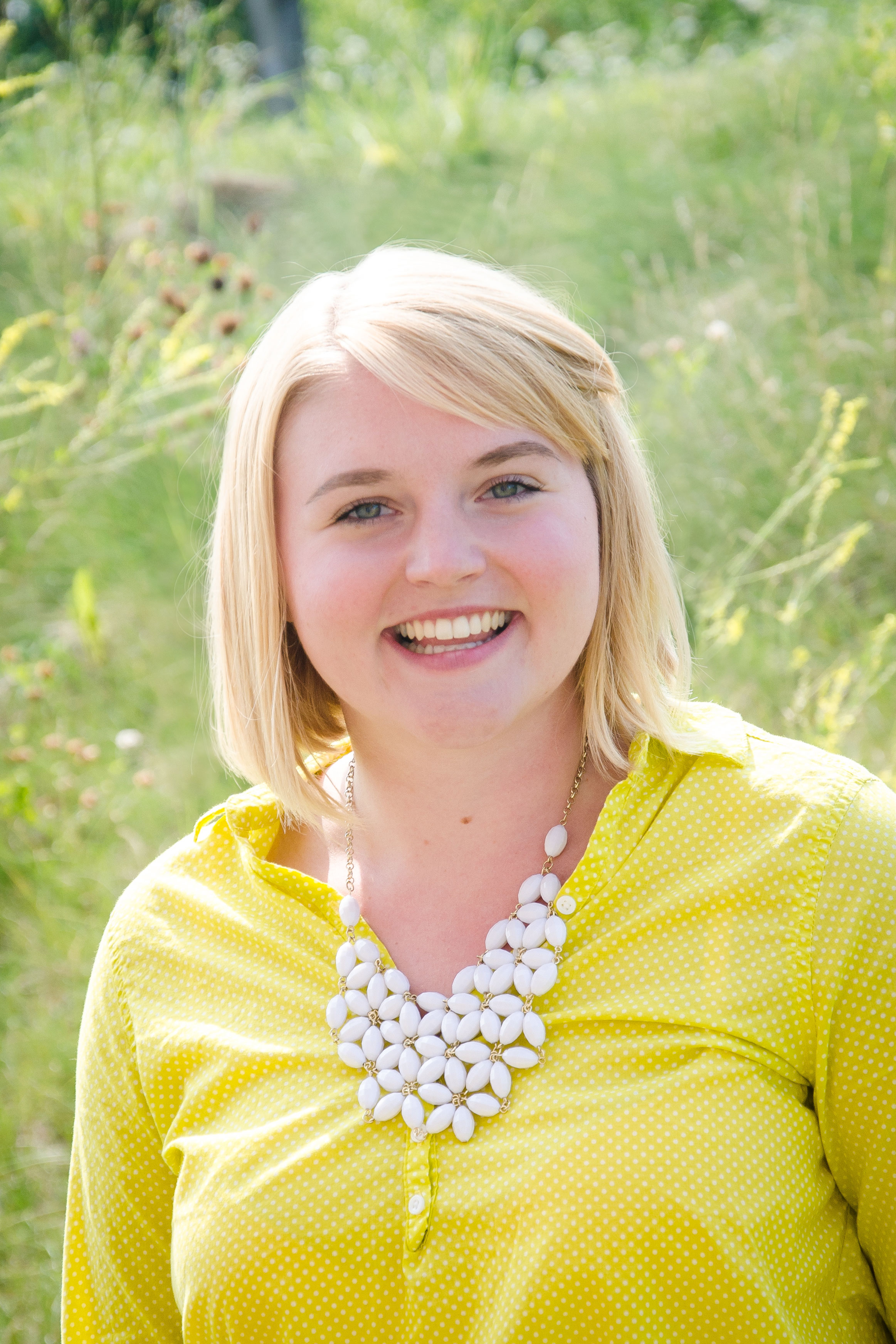Beginning in October 2009, the Worshipful Company of Farriers has held 4 entry exams to become an associate (AWCF). Tests in the United States have been held at both the Kentucky Horseshoeing School in Richmond, Ky. and the Heartland Horseshoeing School in Lamar, Mo. Since the first test, 13 U.S. farriers have earned their AWCF from exams held in the U.S.
The Worshipful Company of Farriers is based in the United Kingdom and dates back to the late 1600s.
Mitch Taylor, Kentucky Horseshoeing School’s Director of Education, took the WCF exam to become an AWCF last year when it was offered at the Kentucky Horseshoeing School. He says while the test is tough, it also “is clear, consistent and fair.
“Taking and preparing for the exam helped me to progress as a farrier and has helped me become a better teacher,” he says.
Through all of his practice and preparation for the exam, Taylor says he brushed up and learned things he hadn’t known or thought about before.
“The exam encouraged me to write and speak more clearly in a way that people can understand. Taking the test reminded me of how important that is. I was also very impressed by the level of the examiners. They were very tough, but very fair,” he says.
“They gave us very clear objectives. They gave us all of the information we needed to properly trim and know what type of fit we should have,” Taylor says. “When I got done with the exam, I was tired and relieved and I was so impressed with the way they put the test on, the way they conducted themselves through the exam, their grading methods and the test itself.”
Taylor says the examiners and the test gave him some good ideas to carry over to his own teaching.
The exam to become an AWCF is rigorous and costly, and in order to take the test, a U.S. farrier must first be an AFA certified journeyman farrier (CJF) for more than 2 years.
The exam has two parts, or modules. The first is the practical module, which tests farriers on an exhibition of shoemaking, a live shoeing and a discussion of farriery. The second part is the theory module, which consists of a written paper in which farriers answer five questions on anatomy, physiology and function and farrier theory. The theory module also consists of a discussion of a specific horse’s conformation.
A full list of the horseshoes farriers are asked to make for the exam, as well as a study guide, are available at the WCF website.
“I felt that it was my responsibility as an educator and farrier to get myself formally tested and certified to a high level,” Taylor says. “I feel that it’s my responsibility to continue my education. Once I took the test and saw the test, I realized just how good of a test it is. It’s a very professional and comprehensive, theoretical and practical test that we really need. The highest level of certification we have in the U.S. is the CJF, and then there are some specialty endorsements. While the CJF is a really good test, it’s not as relevant as the AWCF test. The AWCF exam tests farriers more on things that we do everyday.”
To study for the test, Taylor practiced building different shoes listed on the WCF website for various sizes of feet.
“Not only do you have to know how to make a lateral support hind shoe, but you have to know how to make it with different dimensions of bar stock for different dimensions of feet.”
Taylor also says he read through many papers and works on lameness to prepare for the written and conformation portions of the exam.
While Taylor admits that many farriers let the pressure to pass this test keep them from participating, he says that pushing past the fear and trying instills a lot of pride in both yourself and your farrier practice.
In order to proceed with administering the test in the U.S., the WCF has to have a minimum of 12 interested farriers planning on taking both modules of the test. While it is too late to sign up for the exam this year, the Kentuck Horseshoeing School is planning for a 2015 WCF exam. Farriers interested in taking the test should contact Joe Police at (859) 575-4063.







